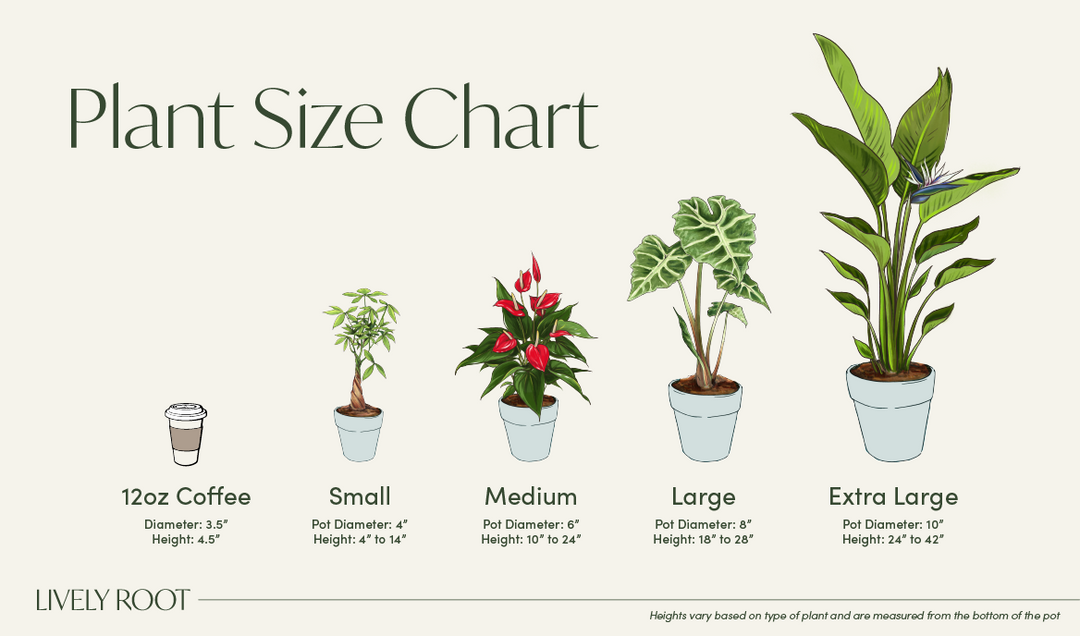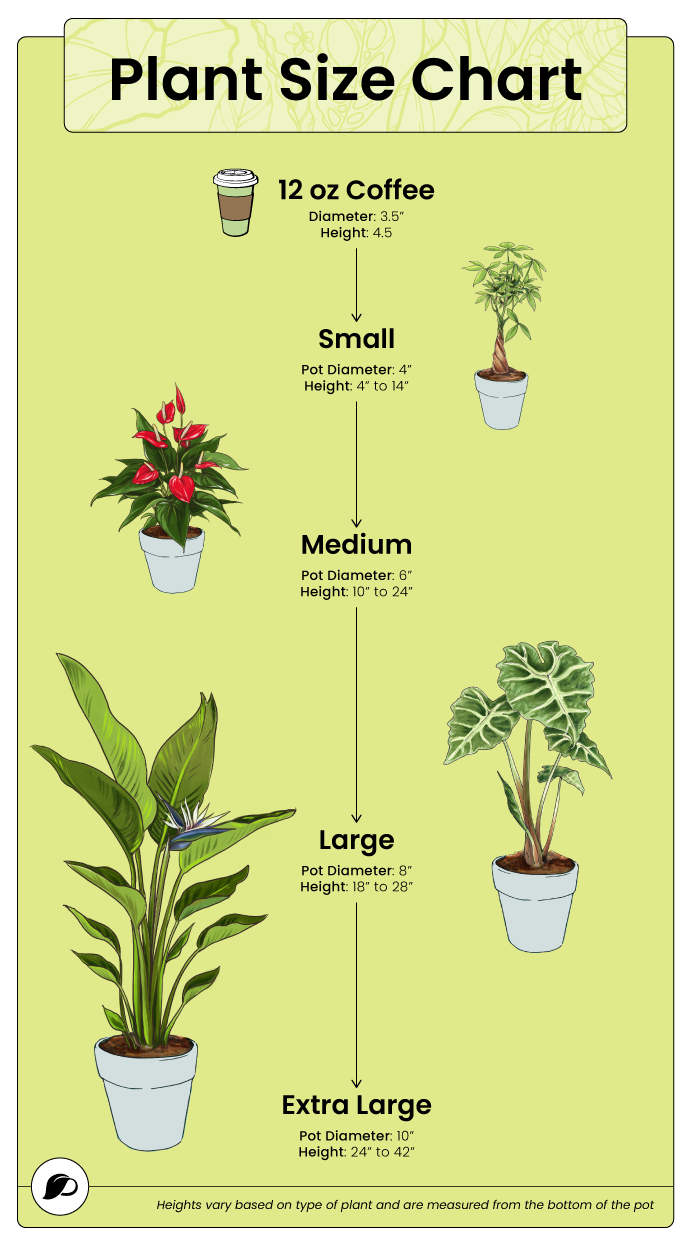Can live in medium light but performs better when exposed to bright light. Direct sun will burn leaves.
Cordyline Fruticosa Overview & Care Guide

Cordyline Fruticosa Glauca: Overview
Known for its vibrant foliage, the Good Luck Tree, or Cordyline terminalis, is native to Southeast Asia and the Western Pacific Ocean region. Belonging to the Asparagaceae family, this tropical plant Philodendron Vine (Philodendron hederaceum) can reach up to 6 meters high but is most often seen in pots or tubs growing to around 1-2 meters in height.
Cordyline fruticose produces panicles of fragrant small white to purple flowers in the summer, often followed by crowded bright red berries. It typically has leathery, spiky leaves in various colors, including green, red, yellow, white, purple, and purplish-red.
These popular indoor plants are beneficial for filling out difficult areas as they will tolerate a fair amount of shade throughout the day. They tend not to like full sun all day. Cordyline Glauca will bring color to your indoor and outdoor garden, but beware that it is highly toxic to dogs and cats. It is straightforward to maintain, and with proper care, it can live for several decades.
The Cordyline species has many varieties, such as Cordyline Rubra, known as Palm Lily; Cordyline Australis Red Sensation, with its red burgundy leaves; Cordyline Florida Flamingo, with its hot, deep red foliage, reminiscent of a tropical island; and more.
Cordyline Fruticosa Benefits
- It has strong air purifying properties
- It’s a low-maintenance plant, adaptable to various light conditions
- It adds a tropical vibe & an aesthetic appeal
- Has traditional medicinal & spiritual significance in Hawaiian culture
Cordyline Fruticosa Glauca Alternative Names
- Ti plant
- Hawaiian Good Luck Plant
- Cabbage Tree
- Hawaiian Ti Plant
Cordyline Fruticosa Care Guide
Cordyline fruticosa, with its moderate care requirements, brings tropical charm to your space. Follow these guidelines for optimal growth:
Watering and Light
Cordyline fruticosa plants thrive in bright, indirect light. They can tolerate a little direct sunlight, but not too much, as it can scorch their leaves. A north or east-facing window is the perfect location but keep it away from the hot afternoon sun.
It prefers slightly moist soil, so water your plant once a week or when the top inch of soil feels dry to the touch. Water thoroughly, making sure water reaches all parts of the soil.
Temperature and Humidity
These plants prefer temperatures between 60-75°F (15-24°C) but can tolerate slightly cooler temperatures. They also prefer higher humidity, ideally between 60-70%. If the air in your home is dry, you might need to mist your plant occasionally.
Soil, Repotting and Feeding
Cordyline grows well in a rich, well-drained, high-quality potting mix with a pH of 6-6.5. Repot when the plant is root-bound, typically every 2-3 years. Feed the plant with a balanced fertilizer during the growing season.
Propagation, Pruning, and Cleaning
You can quickly propagate your cordyline from stem cuttings. Prune to maintain shape remove damaged leaves, and wipe the leaves to keep the plant clean.
Common Issues
Cordyline Glauca plants are generally resistant to pests and diseases. However, they can be susceptible to mealybugs and spider mites. If you notice any signs of infestation, isolate the plant and treat it with an insecticide or neem oil.
Cordyline Ti Plant: Placement, Companion & Alternative Plants
Enhance your space with the vibrant Cordyline Ti Plant. Consider these placement and companion or alternative plant suggestions.
Best Locations & Uses
- Ideal for places with bright, indirect light; it can tolerate some shade
- Perfect as a standalone statement plant in living rooms or offices
- Suitable for beginners and those with busy lifestyles due to its easy-care nature
- Complements well with other tropical plants, creating a lively indoor oasis
- Adds a touch of exotic flair when placed on patios or balconies
Companion Plants
Pair your Cordyline Ti Plant with these delightful companions for a harmonious display:
- Philodendron Vine (Philodendron hederaceum): With its trailing vines and variegated leaves, Sweetheart Vine adds a touch of elegance and complements the Cordyline's vibrant foliage.
- ZZ Plant (Zamioculcas zamiifolia): Known for its resilience and air-purifying qualities, the ZZ Plant pairs well with Cordyline Ti, creating a balanced and visually appealing arrangement.
- Croton Petra (Codiaeum variegatum): Introduce a burst of color with Croton Petra. Its bold, variegated leaves create a dynamic contrast, enhancing the overall aesthetic of your plant arrangement.
Experiment with these companions to create a lush and inviting botanical setting in your home or garden.
Alternative Plants
If you're seeking pet-safe alternatives to the Cordyline Ti Plant, consider the following options for a worry-free green environment:
- Areca Palm (Dypsis lutescens): Known for its air-purifying qualities, the Areca Palm is non-toxic to pets and adds a touch of tropical elegance to your space.
- Spider Plant (Chlorophytum comosum): This easy-care and pet-friendly choice, the Spider Plant features arching foliage, making it a delightful addition to your indoor garden.
- Boston Fern (Nephrolepis exaltata): With its feathery fronds, the Boston Fern is a non-toxic option that thrives in humid conditions, making it a perfect alternative to the Cordyline Fruticosa plant.
Ensure a pet-friendly environment by incorporating these alternatives into your home or garden.
Customer Reviews
Follow us @livelyroot & show us your #livelyroot plants

